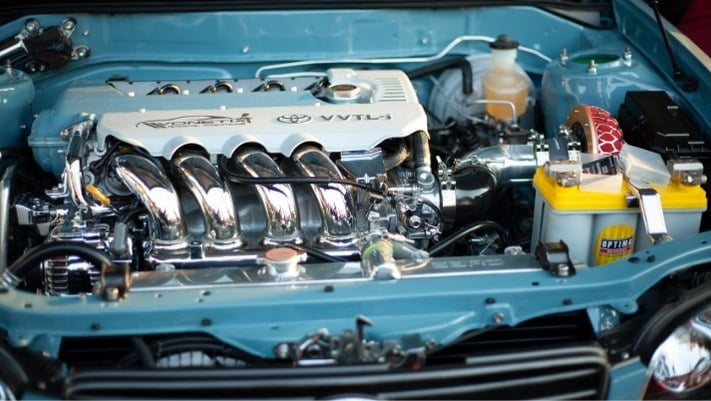
Greetings, passionate car enthusiasts! Welcome to our comprehensive and engaging guide on Toyota check engine light codes. In this enthralling journey, we’ll unveil the secrets behind these cryptic codes, delve into the world of Toyota diagnostics, and share valuable insights into how to tackle the check engine light issues on your beloved Toyota. Embrace the power of our unique writing style as we embark on this exhilarating expedition together.
So, what exactly are Toyota check engine light codes?
These codes are the language your car’s onboard computer (ECU) uses to communicate with you about potential issues. When the check engine light illuminates on your Toyota’s dashboard, it’s a call for attention. Worry not, for this guide will provide you with the knowledge to understand and address these codes effectively.
Common Toyota Check Engine Light Codes and Their Meanings

Below is a list of some frequently encountered check engine light codes in Toyota vehicles and their corresponding issues:
- P0171 – System Too Lean (Bank 1): This code indicates that the engine is receiving too much air or too little fuel, causing an imbalance in the air-fuel mixture.
- P0300 – Random/Multiple Cylinder Misfire Detected: This code signals that your engine is experiencing misfires in one or more cylinders, which can be due to various factors like faulty spark plugs or ignition coils.
- P0420 – Catalyst System Efficiency Below Threshold (Bank 1): If you encounter this code, it typically means your catalytic converter isn’t operating efficiently, which may result from a damaged converter or a malfunctioning oxygen sensor.
- P0440 – Evaporative Emission Control System Malfunction: This code suggests there’s an issue with the system responsible for controlling fuel vapors, which can stem from a loose gas cap, a cracked hose, or a faulty purge valve.
Resetting the Check Engine Light

After addressing the problem, you may want to reset the check engine light. Here’s a simple process to follow for a Toyota Camry check engine light reset:
- Locate the OBD-II port under the dashboard, typically on the driver’s side.
- Plug in an OBD-II scanner and turn on the ignition without starting the engine.
- Follow the scanner’s instructions to read and clear the stored trouble codes.
- Once the codes have been cleared, the check engine light should turn off.
Remember that this process only resets the light; you must fix the underlying issue to prevent it from coming back.
Can I Drive My Toyota With the Check Engine Light on?
It depends on the issue causing the light to turn on. In some cases, driving for a short distance to reach a mechanic is safe, but in others, driving could cause severe damage. It’s essential to diagnose and address the problem as soon as possible.
How Can I Prevent the Check Engine Light From Coming on in My Toyota?

Embarking on the quest to prevent Toyota check engine light codes from making an unwelcome appearance? Fear not, for we have compiled a list of valuable tips that will help you keep that pesky check engine light from illuminating your dashboard. With a proactive approach and a touch of diligence, you can maintain your Toyota’s optimal performance and keep those engine light codes at bay. Here’s how:
- Timely Maintenance: Regularly scheduled maintenance is the cornerstone of a healthy Toyota. Ensure you’re up to date with oil changes, fluid checks, and filter replacements to avoid triggering any check engine light codes.
- Quality Fuel: Opt for high-quality fuel to keep your engine purring like a kitten. Low-quality fuel can cause engine knock or carbon buildup, leading to check engine light codes.
- Keep an Eye on Emissions: Regularly inspect your Toyota’s emissions and exhaust systems for leaks, damage, or wear. Addressing any issues promptly can help you avoid checking engine light codes related to these systems.
- Battery Maintenance: A healthy battery is essential for your vehicle’s electrical system. Ensure your battery is in good condition, with clean terminals and secure connections, to prevent any check engine light codes caused by electrical issues.
- Mind the Sensors: Your Toyota is equipped with various crucial sensors for monitoring its performance. Keep these sensors clean and functioning optimally to avoid checking engine light codes.
- Heed the Warning Signs: Pay attention to any unusual sounds, smells, or behaviors from your Toyota. Addressing potential issues early on can help prevent check engine light codes from surfacing.
By following these proactive measures, you can significantly reduce the likelihood of encountering Toyota check engine light codes and enjoy a smoother, worry-free driving experience. Happy motoring!
Suggestion: